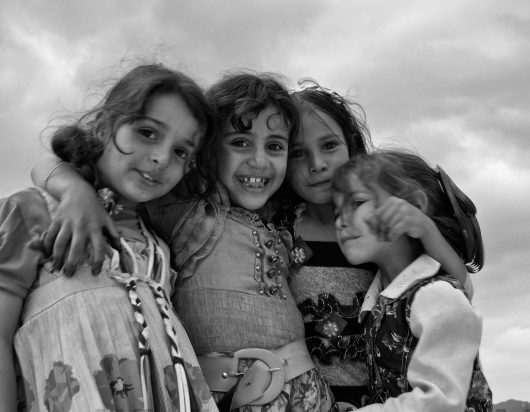Six Things to Know About the Education in Yemen

On August 13, 2016, a Saudi-led airstrike killed 10 children at a school in the country’s northern region, and all were under the age of 15. Unfortunately, children in Yemen have become accustomed to this fallout from the civil war that has raged within their country since March of 2015. Currently, education in Yemen has become a crucial subject for the country’s youth, who struggle to continue learning despite the war surrounding them.
Here are some features of what education in Yemen looks like for millions of children today:
- On any given day, the number of children in Yemen who miss out on school exceeds 2 million. Reasons range from lack of textbooks and chairs to the destruction and militarization of school buildings.
- Children in Yemen often face grave danger both in and out of class. Students have been killed on their way to school as well as while attending classes, raising questions within families as to the safety of pursuing education.
- Staying home, however, raises further concerns. The fear of child recruitment is very real — children as young as eight have been counted by the U.N. as some of 1,200 enlisted to fight in the conflict. Education proves an effective tool for keeping children from the violent arms of war.
- According to the U.N., more than 3,600 schools have closed in Yemen since the beginning of the conflict in March 2015. Bombings destroyed many of these buildings, while many others are now used as training facilities for military forces. UNICEF currently estimates that it needs $34 million for its Back-to-School campaign to help rebuild Yemen’s education system, which includes building restoration, training, textbooks and provisions.
- In the 14 years leading up to the conflict, education in Yemen saw an incredible period of growth and improvement. Yemen’s enrollment rate rose from 71.3 percent to 97.5 percent during this time, an incredible stride, according to The World Bank.
- In July 2015, UNICEF and Yemen’s Ministry of Education trained 50 teachers and social workers to help children deal with the psychological fallout of living in the country torn apart by civil war. Specialized training in psychosocial approaches offers a healing hand to children growing up in war zones and helps equip them with the tools to deal with the violence.
In the midst of such difficult times, both teachers and students have proven that education in Yemen is a valuable thing. Although a large number of children currently struggle to find ways to learn, their path is becoming increasingly clear due to the hard work and resolution of educators in their country.
– Emily Marshall
Photo: Flickr
